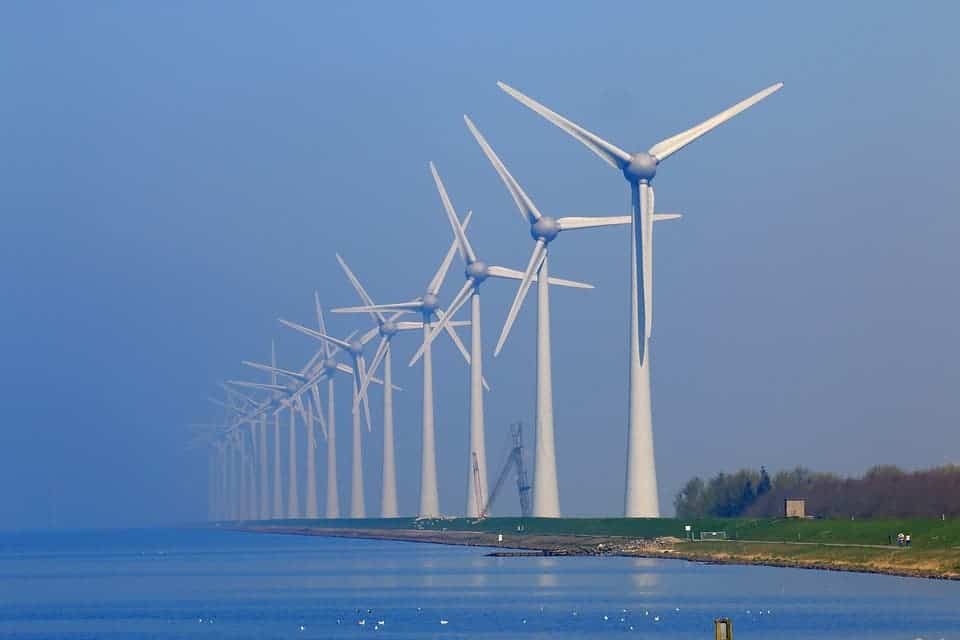Despite it now accounts for 0.3% of the world energy, wind power is on the right track to quickly expand thanks to lower costs and more green policies, the International Energy Agency said, claiming the energy source could provide sufficient clean electricity for every person on Earth 18 times over.

The report by the EIA found that global offshore wind capacity could increase 15-fold and attract around $1 trillion (£800bn) of cumulative investment by as soon as 2040. This is driven by the declining costs in installations, supportive government policies and “remarkable technological progress.”
The report said the global offshore wind market grew nearly 30% per year between 2010 and 2018, led by the EU. There are now about 150 new offshore wind projects in development around the world, with China adding more capacity than any other country in 2018.
“Yet today’s offshore wind market doesn’t even come close to tapping the full potential,” the authors write. “With high-quality resources available in most major markets, offshore wind has the potential to generate more than 420,000 terrawatt hours per year worldwide. This is more than 18 times global electricity demand today.”
Nevertheless, the EIA says a lot of work has to be done to bring a clean energy revolution to fruition. “More and more of that potential is coming within reach, but much work remains to be done by governments and industry for it to become a mainstay of the clean energy transition,” said Faith Birol, EIA head.
Behind the growth of wind energy there’s the growing awareness of the climate crisis and political responses to environmental concerns, the report said. In just 20 years, wind could become Europe’s main source of energy generation.
Now, offshore wind capacity in the EU stands at almost 20 gigawatts, and under current policies, that is set to rise to nearly 130 gigawatts by 2040. However, if EU countries meet their stated carbon-neutrality aims, offshore wind capacity would jump to around 180 gigawatts by 2040, the report said.
An even more ambitious vision in which government policies drive an increase in demand for clean hydrogen produced by offshore wind could push European offshore wind capacity “dramatically higher,” according to the EIA.
In this scenario, electricity generated by wind turbines would be used to split water molecules into hydrogen and oxygen atoms, with the hydrogen then being stored and ultimately blended with normal gas supplies to heat houses or fuel vehicles. It could also be recycled to generate more clean electricity.
In the meantime, China will soon take the lead as the nation producing the most energy from offshore wind. The technology is particularly attractive in China, where major efforts are underway to reduce air pollution.
“By around 2025, China is likely to have the largest offshore wind fleet of any country, overtaking the United Kingdom,” the IEA said. “China’s offshore wind capacity is set to rise from 4 gigawatts today to 110 gigawatts by 2040. Policies designed to meet global sustainable energy goals could push that even higher to above 170 gigawatts.”


